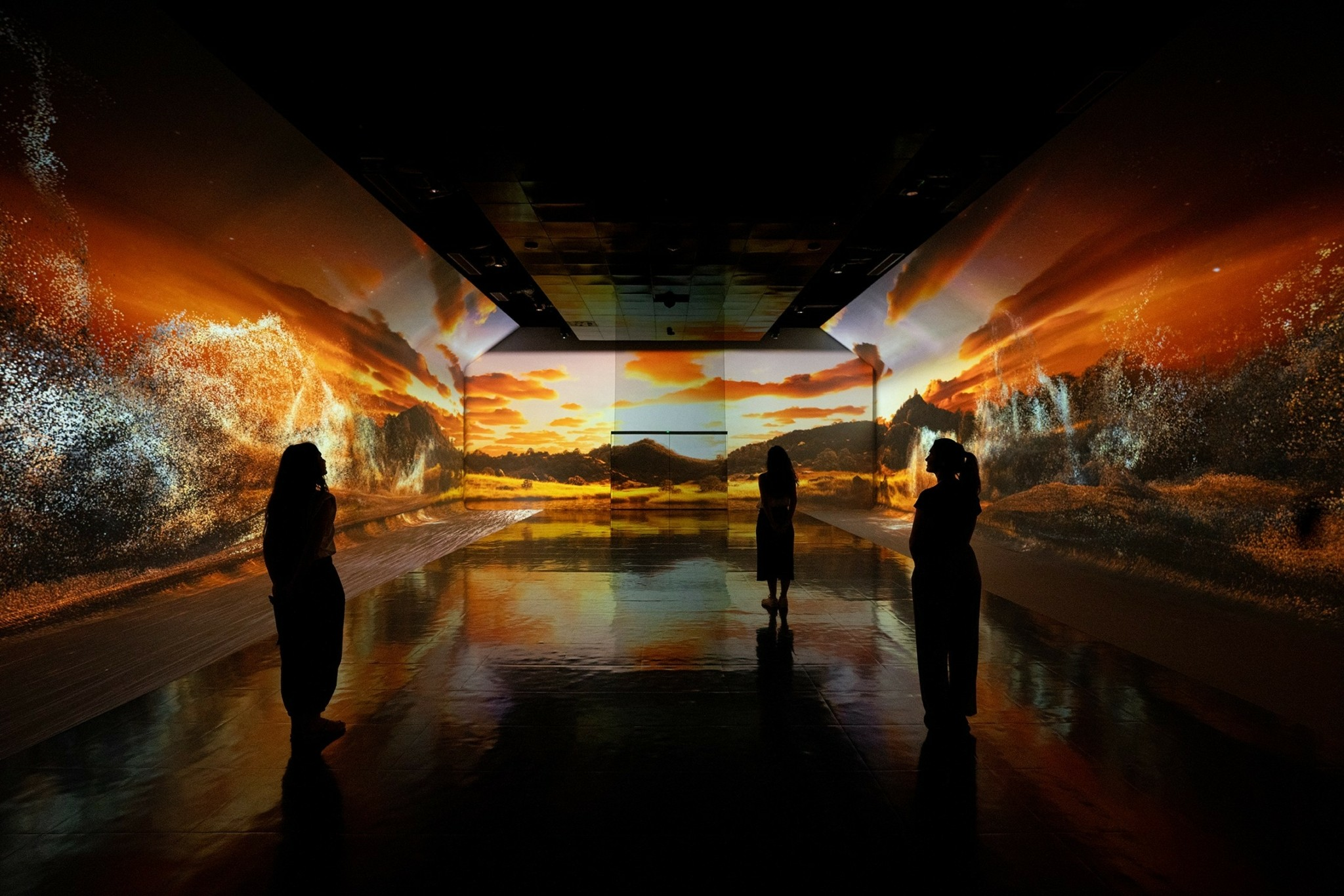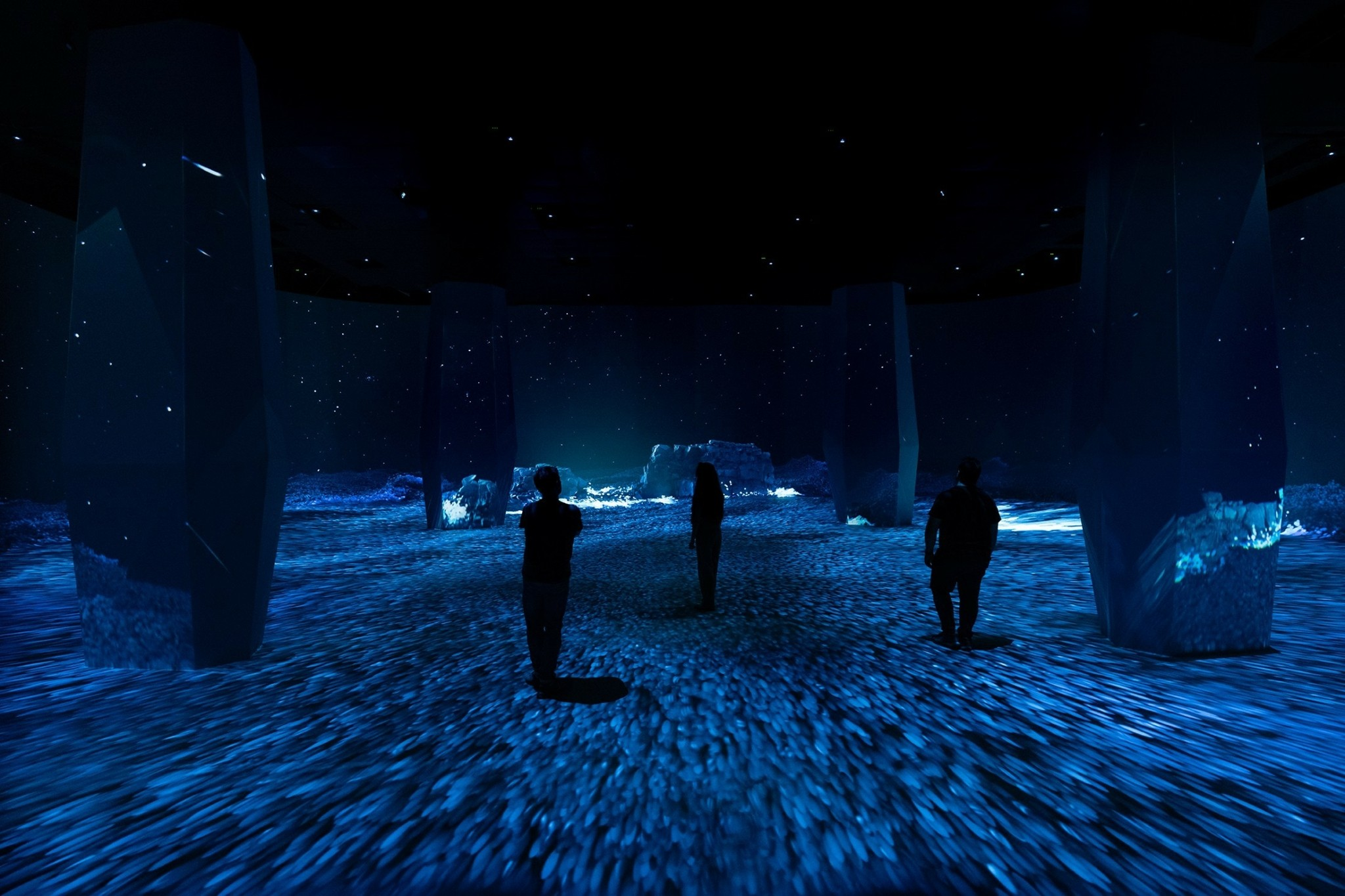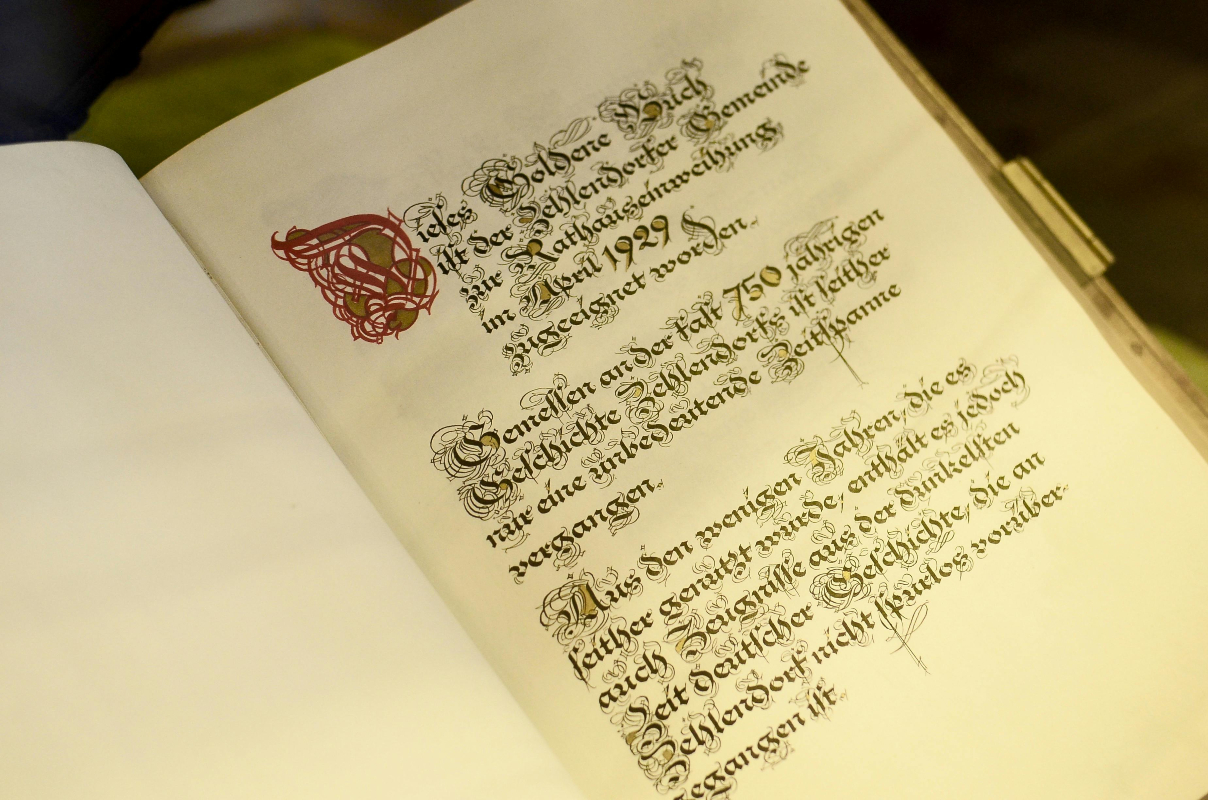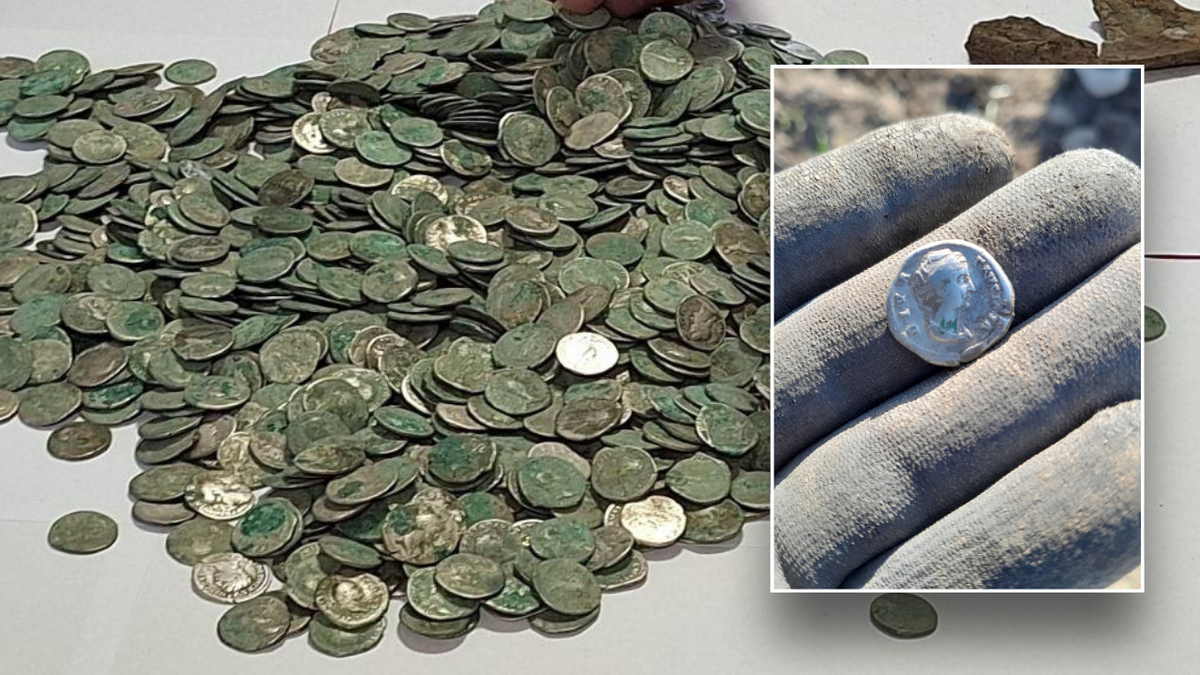A Remarkable Discovery in Ancient Teos
Archaeologists have uncovered extraordinary findings in the ancient Greek city of Teos, located on the western coast of present-day Turkey. This ongoing excavation, led by Mantha Zarmakoupi from the University of Pennsylvania, focuses on the bouleuterion—a building central to the city’s political and social life.
Through meticulous study, researchers are shedding light on Teos' transition from the Hellenistic to the Roman era, revealing insights into past political struggles and cultural transformations.
The Bouleuterion: From Political Hub to Cultural Stage
Built in the late third century BCE during the Hellenistic period, the bouleuterion of Teos served as the city’s political decision-making center. Featuring a grand eastern-facing façade, two entrances, and tiered seating accommodating numerous citizens and officials, it played a crucial role in governance.
During the Roman era, the building underwent modifications to host public spectacles. A stage and a tripartite stoa were added, reflecting its evolving function within society.
Peter Satterthwaite, a Ph.D. candidate and archaeologist involved in the excavation, emphasized the significance of this structure:
“The bouleuterion is key to understanding the communities that lived in Teos and the institutions that shaped their society.”
Ancient Mosaics and Erased Inscriptions Reveal Hidden Past
The excavation has yielded unexpected treasures beneath the soil, including at least two mosaics dating back to the third century BCE. One particularly striking piece depicts two winged figures engaged in a struggle, believed to represent Eros and Dionysus, the god of wine and patron deity of Teos. The city even had a temple dedicated to Dionysus, highlighting his cultural importance.
These mosaics provide valuable insight into the artistic expression and cultural identity of Teos' inhabitants.
The Mystery of a Lost Inscription
In 2021, during an earlier excavation phase, Musa Kadioglu, head of the archaeological project, made another significant discovery. While examining fallen fragments of the building’s epistyle, he noticed deliberately erased markings.
A 30-centimeter-long inscription had been purposefully removed, possibly due to political or social reasons. Using advanced 3D modeling technology, archaeologists reconstructed the façade and partially restored the erased text.
The Dionysian Artists and Political Power Shifts
Findings suggest that the original benefactor of the bouleuterion may have been associated with the Dionysian Guild of Artists—a group that once held considerable influence in Teos but was later ostracized.
This could explain why the inscription was erased, as the city may have sought to erase the guild’s contributions from its official history. The Dionysian artists played a pivotal role in Teos’ cultural and artistic heritage, and their eventual expulsion marked a significant shift in the city’s power dynamics.
Satterthwaite highlights the implications: “The act of erasure tells a story of its own—one where certain figures or groups were deliberately removed from collective memory.”
Zarmakoupi and her team are now working to reconstruct the final missing section of the inscription, which could reveal crucial details about the bouleuterion’s patronage.
Ongoing Excavations and Future Discoveries
Archaeologists aim to precisely date the bouleuterion and verify the erased text’s historical significance. If it indeed belonged to the Dionysian artists, it could provide invaluable insights into how cultural changes influenced political power in Teos.
Challenges in the Field
Excavating Teos has not been without its challenges. Researchers have endured extreme summer heat, with temperatures soaring to 38°C (100°F). To cope, the team works in the early morning and evening hours, reserving afternoons for artifact documentation and data analysis.





































